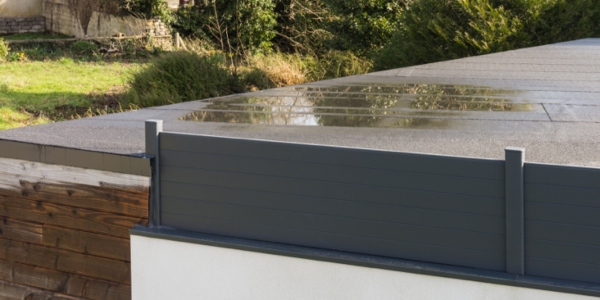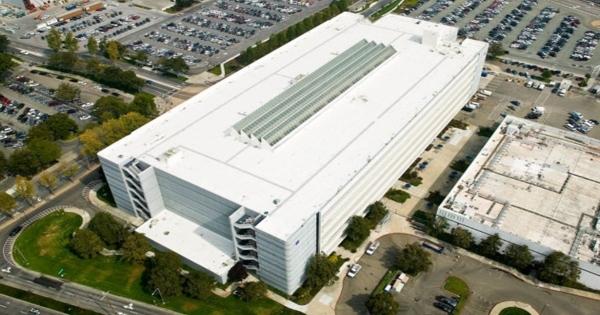Understanding low-slope roofs and when they're used

There are two categories of roof slope, a low-slope roofing is ideal for porch and garage transitions and other flat roof areas on your home. Find out more about this type of roof!
The slope of a roof is one of the primary factors in roof design. Roofs are classified as either steep slope or low slope. Typically, low slope roofs are seen on commercial buildings like restaurants, malls, grocery stores, etc. While few residential roofs are low slope, there are other applications in which low-slope roofing is used in the residential sector.
There are two categories in which low-slope roofing can be used residentially. The first is for larger flat roofed applications like residential condominium complexes, row homes and townhouses. The other category is for smaller applications such as porch and garage transitions from the main home since the slope of the roof changes from steep slope to low slope.
 Flat roofs
Flat roofs
Flat roofs, also known as low-slope roofs, are typically found on commercial buildings. However, these roofs can also be on porch and garage transitions.
A low-slope roof is close to being flat and has a slope of 3:12 or below. This means that for every 12 horizontal inches (run), the roof has a rise of three or less vertical inches. The slope of a roof is expressed as inches per foot and is written in a ratio format.
Low-slope roofs are less prone to wind damage, but are more at risk of water damage since it takes longer for the roof to shed rainwater. Because water runs off low-slope roofs slowly, it’s essential that these roofs are watertight. It’s common for low-slope roofs to have a continuous membrane covering the roof to better resist pooling water. Contractors use heat-welding or adhesives to apply these membranes.
Originally, low-slope roofs were applied using tar and gravel. Due to cost, performance and environmental concerns, this type of roofing has been replaced with more up-to-date methods that are better for the environment and last longer, such as built up roofing (BUR), modified bitumen, liquid applied or coatings, metal decks, spray foam roofing or single ply.
Have a question? AskARoofer.
Find your local roofing contractor in the AskARoofer™ Contractor Directory.













Comments
Leave a Reply
Have an account? Login to leave a comment!
Sign In